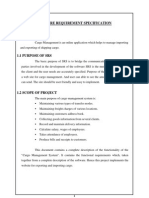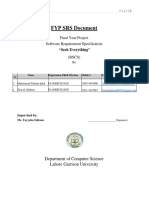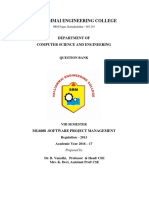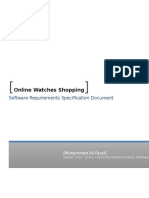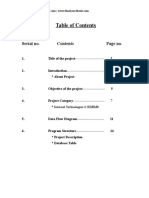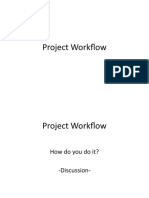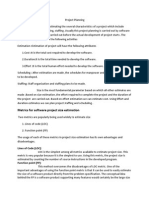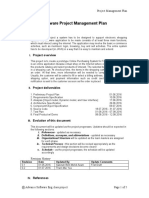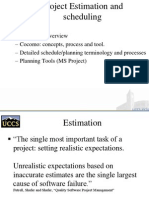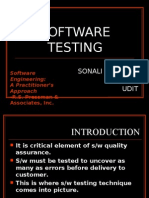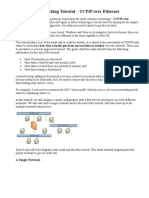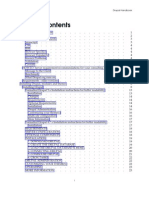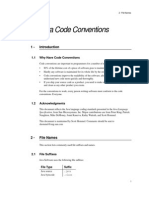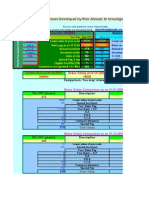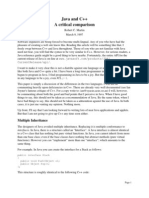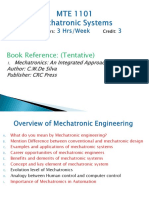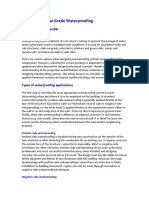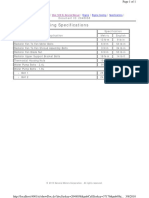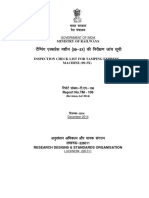100% found this document useful (4 votes)
13K views58 pagesSoftware Cost Estimation in Software Engineering
Software costing and pricing is the process of estimating the cost of a software system. Organisational, economic, political and business considerations influence the price charged. A development organisation may quote a low price because it wishes to move into a new segment of the software market. If an organisation is unsure of its cost estimate, it may increase its price by some contingency over and above its normal profit.
Uploaded by
Karthik TantriCopyright
© Attribution Non-Commercial (BY-NC)
We take content rights seriously. If you suspect this is your content, claim it here.
Available Formats
Download as PPT, PDF, TXT or read online on Scribd
100% found this document useful (4 votes)
13K views58 pagesSoftware Cost Estimation in Software Engineering
Software costing and pricing is the process of estimating the cost of a software system. Organisational, economic, political and business considerations influence the price charged. A development organisation may quote a low price because it wishes to move into a new segment of the software market. If an organisation is unsure of its cost estimate, it may increase its price by some contingency over and above its normal profit.
Uploaded by
Karthik TantriCopyright
© Attribution Non-Commercial (BY-NC)
We take content rights seriously. If you suspect this is your content, claim it here.
Available Formats
Download as PPT, PDF, TXT or read online on Scribd
/ 58








